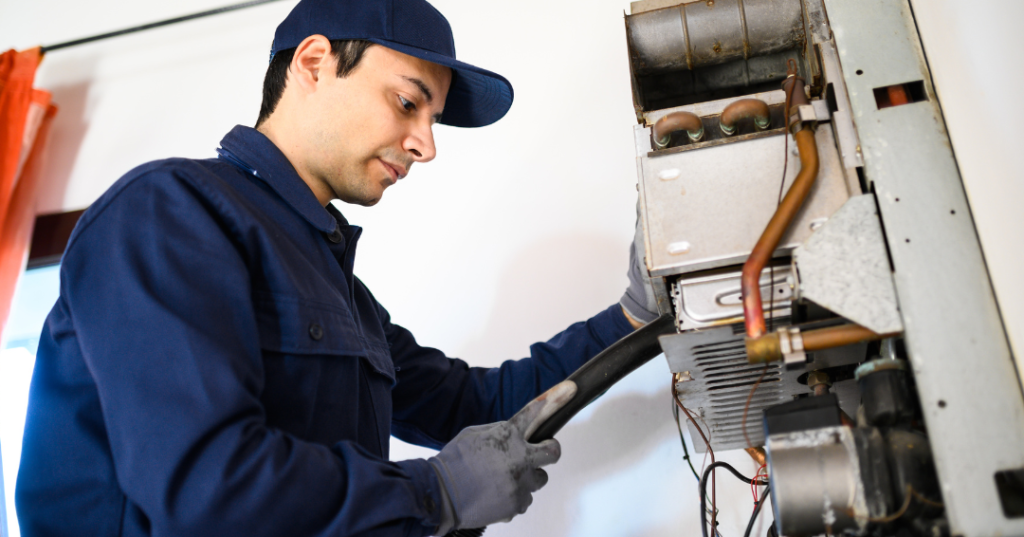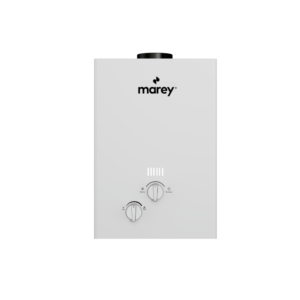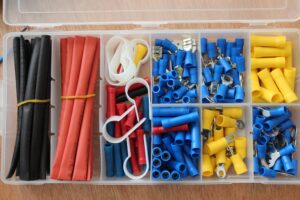
Keeping your gas tankless water heater unit in top shape with regular maintenance
If you’re the proud owner of a gas tankless water heater unit, you know it can significantly reduce your energy bills and provide an endless hot water supply.
However, did you also know that regular maintenance is crucial for optimal performance?
Unfortunately, many homeowners skip this step or delay it until there’s a problem.
So today, we’ll explain why neglecting your gas tankless water heater unit’s maintenance could lead to costly repairs and jeopardize your safety.
Why is regular maintenance important for a gas tankless water heater?
First, it helps prevent the build-up of sediment and scale in the unit, which leads to decreased efficiency and performance over time.
Additionally, regular maintenance can help extend your unit’s lifespan by keeping it in good working condition.
Finally, by performing regular maintenance on your gas unit, you can ensure it operates safely.
What is regular maintenance of gas units?
To ensure your gas unit is operating properly and efficiently, it is important to maintain it regularly.
During your monthly inspection, you should check all connections for leaks. For gas connections, the best way to do this is to use a soapy water solution; if bubbles are present, there is a leak. Be sure to tighten or replace any faulty connections.
You should also inspect the venting system to ensure it is not blocked or obstructed.
If you live in an area with hard water, flush your gas unit about once every quarter.
Are there any safety concerns you should know about with a gas tankless water heater?
Yes, it’s important to note that tankless units produce exhaust gases, which can be dangerous if not properly vented.
Ensure you have your unit installed by a qualified technician and that it is properly ventilated to prevent any hazardous build-up of exhaust gases.
Additionally, always follow the manufacturer’s instructions when performing any maintenance on your unit.
Overview of venting
The venting installation is responsible for drawing the fumes out of your tankless water heater and exhausting it outside.
Over time, lint and other debris can build up in the vent, restricting exhaust, and causing your unit to work harder than necessary.
A clogged duct exhaust can also lead to premature failure of your unit.
Requirements for proper venting
There are a few key requirements for venting tankless water heaters that must be met to ensure optimal performance and safety. It must be:
- made of non-combustible material, such as stainless steel or galvanized steel and aluminium.
- sized correctly for the specific model of tankless water heater being used.
- installed to avoid coming into contact with exhaust fumes.
- properly ventilated and installed according to the owner’s manual, so fumes can escape.
- able to handle the high temperatures produced by the tankless water heater.
- regularly inspected and cleaned to remove any build-up of debris or corrosion.
Tips and advice on maintaining a gas tankless water heater
- Inspect the unit and gas lines regularly for leaks. If you notice any leaks, have them repaired immediately by a qualified technician.
- Check the venting system monthly to ensure it’s clear of obstructions.
- Keep the area around the unit clean and free of debris.
- Check the manufacturer’s instructions for cleaning and maintenance recommendations.
- Ensure the unit’s gas pressure is set to the proper level.
- Test the smoke and carbon monoxide detectors around the unit.
- Check for any signs of corrosion and rust and repair as needed.



